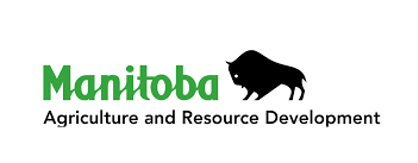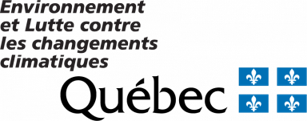Title: High peatland methane emissions following permafrost thaw: enhanced acetoclastic methanogenesis during early successional stages
Citation: Heffernan, L. (2021). High peatland methane emissions following permafrost thaw: enhanced acetoclastic methanogenesis during early successional stages [Data set]. University of Alberta Dataverse. https://doi.org/10.5683/SP3/5TSH9V
Study Site: Western Canada
Purpose: Northern peatlands store a globally significant amount of soil organic carbon, much of it found in rapidly thawing permafrost. Permafrost thaw in peatlands often leads to the development and expansion of thermokarst bogs, where microbial activity will determine the stability of the carbon storage and the release of greenhouse gases. In this study, we compared potential enzyme activities between young (thawed ~30 years ago) and mature (~200 years) thermokarst bogs, for both shallow and deep peat layers.
Abstract: The data provided in one xlsx file has six tabs: read me, porewater chemistry, enzymes, GHG fluxes, flux isotopes, dissolved gas concentrations and isotopes.
Supplemental Information Summary:
Research:
Further Info: Heffernan, L., Jassey, V. E. J., Frederickson, M., MacKenzie, M. D., & Olefeldt, D. (2021). Constraints on potential enzyme activities in thermokarst bogs: Implications for the carbon balance of peatlands following thaw. Global Change Biology, 27, 4711– 4726. https://doi.org/10.1111/gcb.15758doi: 10.1111/gcb.15758
Status: Complete
Keywords:
methane,
Permafrost,
Thermokarst,
Isotopes,
Geographical coordinates: North: 59.5, South: 59.5 East: -117.2 West: -117.2
Bounding Temporal Extent: Start Date: 2018-05-01, End
Date: 2018-09-30













